The shift toward electric vehicles (EVs) is accelerating rapidly, driven by environmental concerns, regulatory pressures, and technological advances.
In the commercial vehicle sector, electric vans have become a crucial part of this transition. These vehicles offer fleet operators an opportunity to reduce emissions, lower operational costs, and modernize their logistics.
However, the success of electric vans depends heavily on their reliability and durability. For businesses that rely on these vehicles daily, breakdowns and recalls can translate into lost productivity, unexpected expenses, and damaged reputations.
Thus, understanding which electric vans have proven to be reliable and which have struggled with quality issues is essential for fleet managers, buyers, and stakeholders.
Electric vans, like all vehicles, are subject to mechanical and electrical challenges, but their unique powertrain and battery technologies present new potential points of failure. Unlike traditional combustion engine vans, electric vehicles rely on sophisticated battery management systems, electric motors, and complex electronics.
These components must work flawlessly to ensure the van performs safely and efficiently over time. As a result, some manufacturers have faced significant hurdles, with certain models experiencing recalls due to battery defects, wiring faults, software glitches, or other reliability concerns.
These issues highlight the challenges automakers face when integrating cutting-edge electric technology into commercial platforms. On the other hand, some electric vans have emerged as models of dependability.
Built on tested chassis platforms and supported by robust battery management and software systems, these vehicles offer businesses the confidence that their fleets will remain operational with minimal interruptions.
Manufacturers that leverage proven mechanical designs alongside advanced electric systems tend to produce electric vans with better long-term reliability. Moreover, strong manufacturer support, including comprehensive warranties and accessible service networks, also plays a vital role in ensuring low downtime and swift repairs when needed.
In this article, we will examine two sides of the electric van space. First, we will highlight five electric vans that have earned reputations for durability and low failure rates, showcasing the design features, technologies, and real-world feedback that contribute to their success.
Then, we will discuss five electric vans that have been notable for recalls and reliability issues, exploring the underlying problems and their impacts on customers and the industry.
This comparison will provide a balanced view of the current state of electric vans, offering valuable insights for anyone considering electric vans for commercial use or simply interested in the evolving EV market.
The goal is to offer a clear understanding of what makes certain electric vans reliable workhorses while recognizing the growing pains and challenges that others have faced.
As the electric van market continues to mature, these lessons will help manufacturers improve future models and assist buyers in making informed choices to keep their operations running smoothly.
Electric vans are a promising part of the sustainable transport future, but knowing which models stand up to the demands of everyday use and which have struggled is essential for making the most of this transformative technology.
Also Read: 5 Cars With Ergonomic Cockpits vs 5 With Poor Driver Positioning
5 Electric Vans That Don’t Break Down
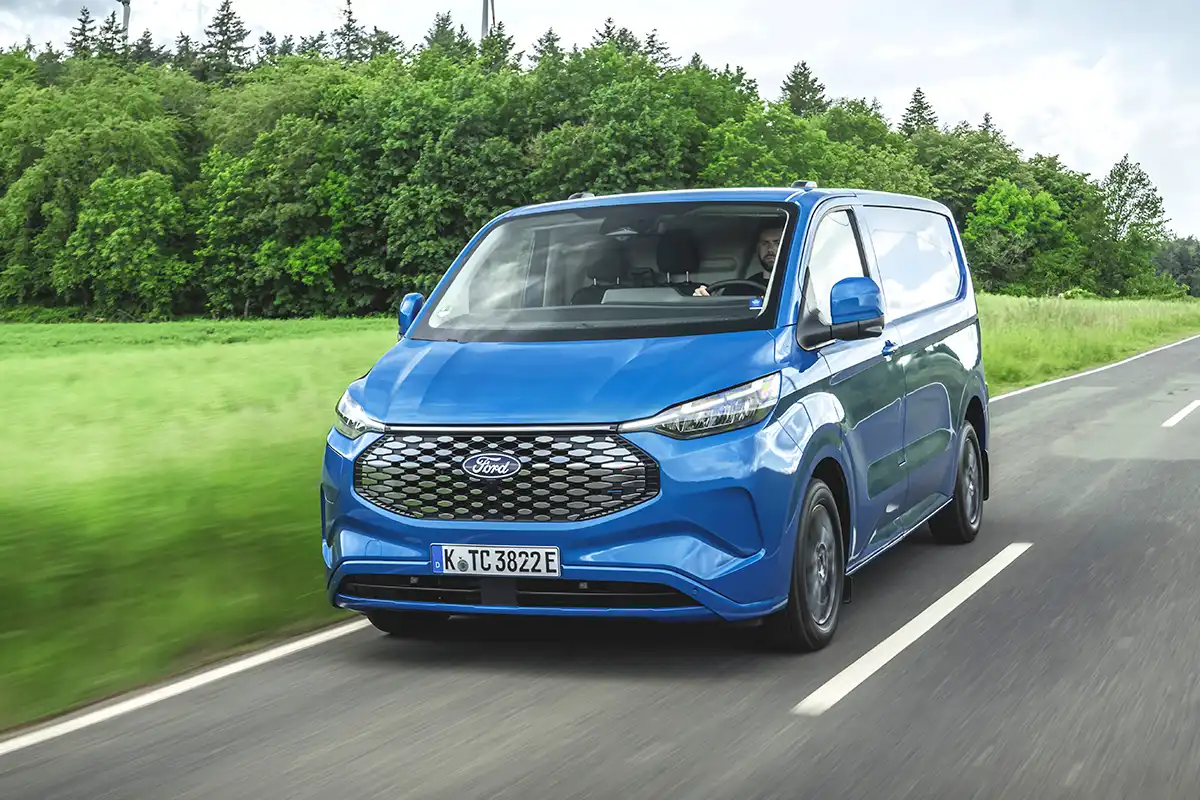
1. Ford E-Transit
The Ford E-Transit has become a reliable workhorse in the electric van segment by blending proven mechanical engineering with modern electric vehicle technology. Ford’s strategy was to build the E-Transit on the familiar Transit platform, which has a long-standing reputation for durability and toughness in commercial applications.
This foundational experience means that many of E-Transit’s chassis components, suspension systems, and load-bearing parts are time-tested and robust. It is this heritage combined with Ford’s meticulous adaptation of the electric powertrain that has contributed to its reliability.
The integration of the battery pack and electric motor into an existing van body was executed carefully, reducing the chance of unforeseen issues common in completely new vehicle designs.
Under the hood, the E-Transit uses a 68 kWh battery pack paired with a 266-horsepower electric motor, delivering an estimated range of around 126 miles in real-world use.
This powertrain setup is balanced to meet the needs of urban and suburban delivery routes, with enough juice to complete a full day of work without risking a stranded vehicle due to battery depletion.
The battery management system plays a key role in maintaining long-term battery health by carefully regulating charging cycles and thermal conditions.
Ford’s advanced thermal management system keeps the battery pack at optimal temperatures, protecting it from degradation caused by heat or cold extremes, a common cause of battery failures in other electric vehicles.
From a maintenance standpoint, the E-Transit benefits from fewer moving parts compared to traditional combustion engines, which naturally reduces the potential for mechanical breakdowns.
Ford also provides over-the-air software updates that continuously improve the vehicle’s performance and address potential software glitches without requiring a visit to the service center.
This proactive approach to maintenance helps identify and fix problems before they develop into serious issues. Ford’s widespread dealership network also ensures that when physical repairs are necessary, parts and expert technicians are readily available, minimizing downtime.
Feedback from fleet managers and individual drivers highlights the E-Transit’s dependability in day-to-day use. Many praise its smooth acceleration, quiet operation, and consistent performance under load.
The van’s adaptability to various configurations, including cargo and passenger models, adds to its appeal by meeting diverse business needs without compromising reliability.
While no vehicle is entirely immune to occasional issues, the E-Transit’s combination of tested design, advanced electric technology, and strong manufacturer support makes it one of the most dependable electric vans currently available.
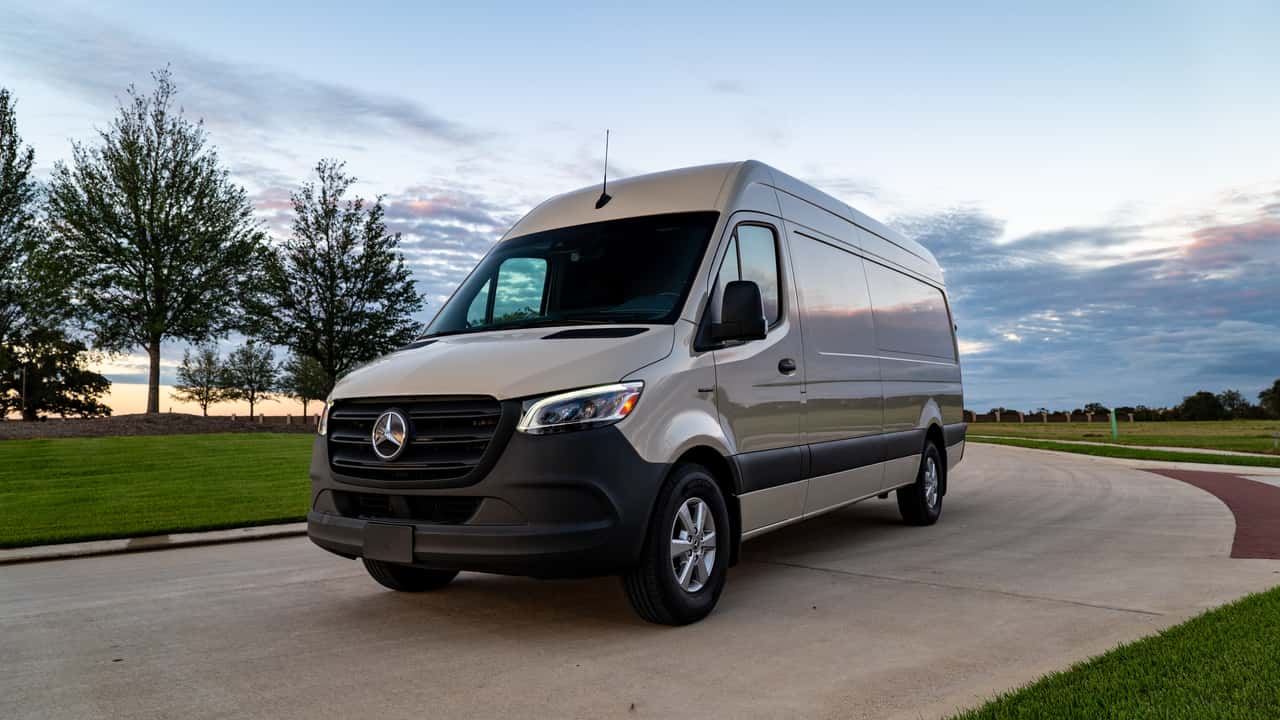
2. Mercedes-Benz eSprinter
The Mercedes-Benz eSprinter is designed to be a premium electric van that delivers both luxury and rugged dependability. Drawing from Mercedes’ decades of expertise in producing commercial vehicles, the eSprinter was engineered with a focus on quality components and advanced electric technology.
The chassis and suspension systems have been rigorously tested to handle the heavy loads typical in delivery or service operations, and the van’s electric drivetrain is built with high-grade materials that resist wear and tear.
Mercedes-Benz leveraged its global engineering resources to design the eSprinter’s battery pack with robust safety features, including an advanced cooling system that prevents overheating, which is a leading cause of battery failure in electric vehicles.
In terms of powertrain, the eSprinter offers a 55 kWh battery with a usable capacity that supports ranges up to around 96 miles, which is well-suited for urban logistics. Although its range is more modest than some competitors, the battery’s design emphasizes longevity and reliability over raw distance.
Mercedes-Benz’s focus on battery health is reflected in the warranty and service plans that accompany the van, providing peace of mind to business owners worried about unexpected breakdowns or battery replacements.
The cooling system, combined with intelligent energy management software, ensures that the battery maintains optimal temperature even under heavy use or high ambient temperatures.
The vehicle’s electronics and software systems further contribute to its reliability. Real-time diagnostics and onboard alerts allow fleet managers to monitor the health of the vehicle remotely, scheduling maintenance before any minor issue escalates into a breakdown.
The eSprinter’s user interface is designed to provide clear feedback to drivers, encouraging preventative care and smooth operation. By integrating these advanced diagnostic tools, Mercedes-Benz reduces the frequency of emergency repairs and unexpected service interruptions.
Drivers and businesses who have adopted the eSprinter consistently report a reliable and comfortable driving experience. Its cabin features ergonomic controls and high-quality materials, reducing driver fatigue and improving operational efficiency.
The vehicle’s sturdy build and careful engineering also mean fewer unscheduled repairs or mechanical failures, even when operated in demanding commercial environments. Mercedes-Benz’s strong service network supports quick repairs and genuine parts availability, which enhances uptime and satisfaction.
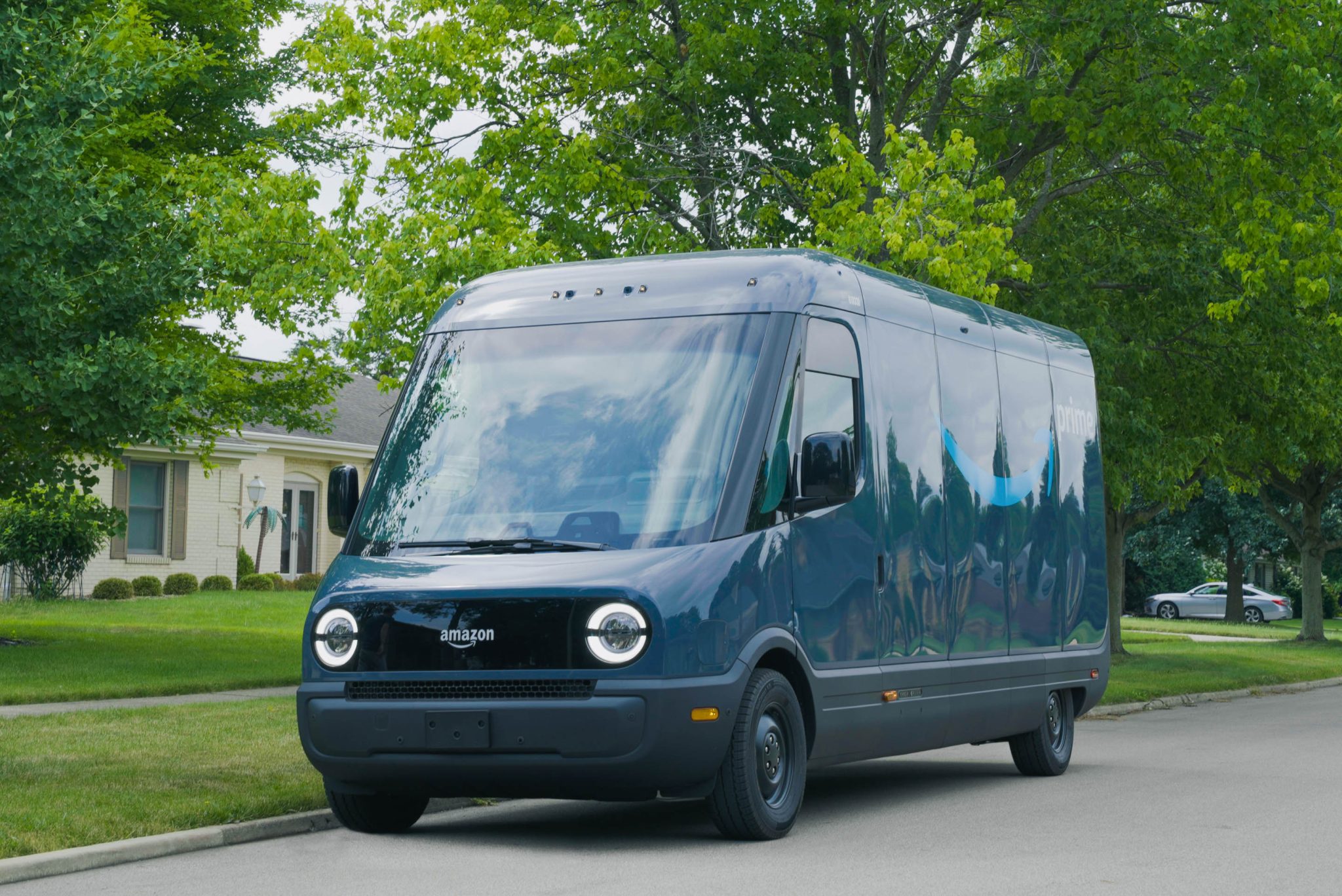
3. Rivian EDV (Electric Delivery Van)
The Rivian Electric Delivery Van (EDV) represents a new generation of purpose-built electric commercial vehicles focused on reliability and operational efficiency. Developed in partnership with Amazon to support its massive delivery network, the EDV is designed to handle the rigorous demands of last-mile logistics without sacrificing dependability.
Rivian’s experience developing electric trucks and SUVs translated directly into a robust battery architecture and a durable electric motor system, which are central to the EDV’s reliability. The van’s frame and body are engineered for strength, with components that are easy to maintain and replace, reducing vehicle downtime and repair complexity.
The EDV’s battery pack is engineered with multiple layers of safety and durability. Rivian employs a sophisticated battery management system that monitors individual cell health and regulates charging to avoid stress that can cause early battery failure.
The van also features an advanced thermal management system that keeps the battery within safe operating temperatures, preventing overheating during heavy urban stop-and-go traffic or extreme weather. These systems ensure the EDV remains operational over extended service periods without unexpected breakdowns or performance drops.
Another key to the EDV’s reliability is its modular design. Many components, including the battery modules and electric drive units, are designed for quick replacement. This modularity simplifies maintenance and repairs, enabling service teams to address issues swiftly and return the vehicle to service faster than traditional vans.
Additionally, the EDV supports over-the-air updates, allowing Rivian to continuously improve vehicle software, optimize performance, and fix bugs remotely without disrupting daily operations.
Feedback from Amazon and other early EDV users emphasizes the van’s uptime and consistent performance. The vehicle is praised for its quiet operation, ease of handling in congested areas, and minimal maintenance requirements compared to combustion engine vans.
Rivian’s commitment to customer support and ongoing improvements has strengthened the EDV’s reputation as a reliable electric van that meets the needs of modern delivery fleets.
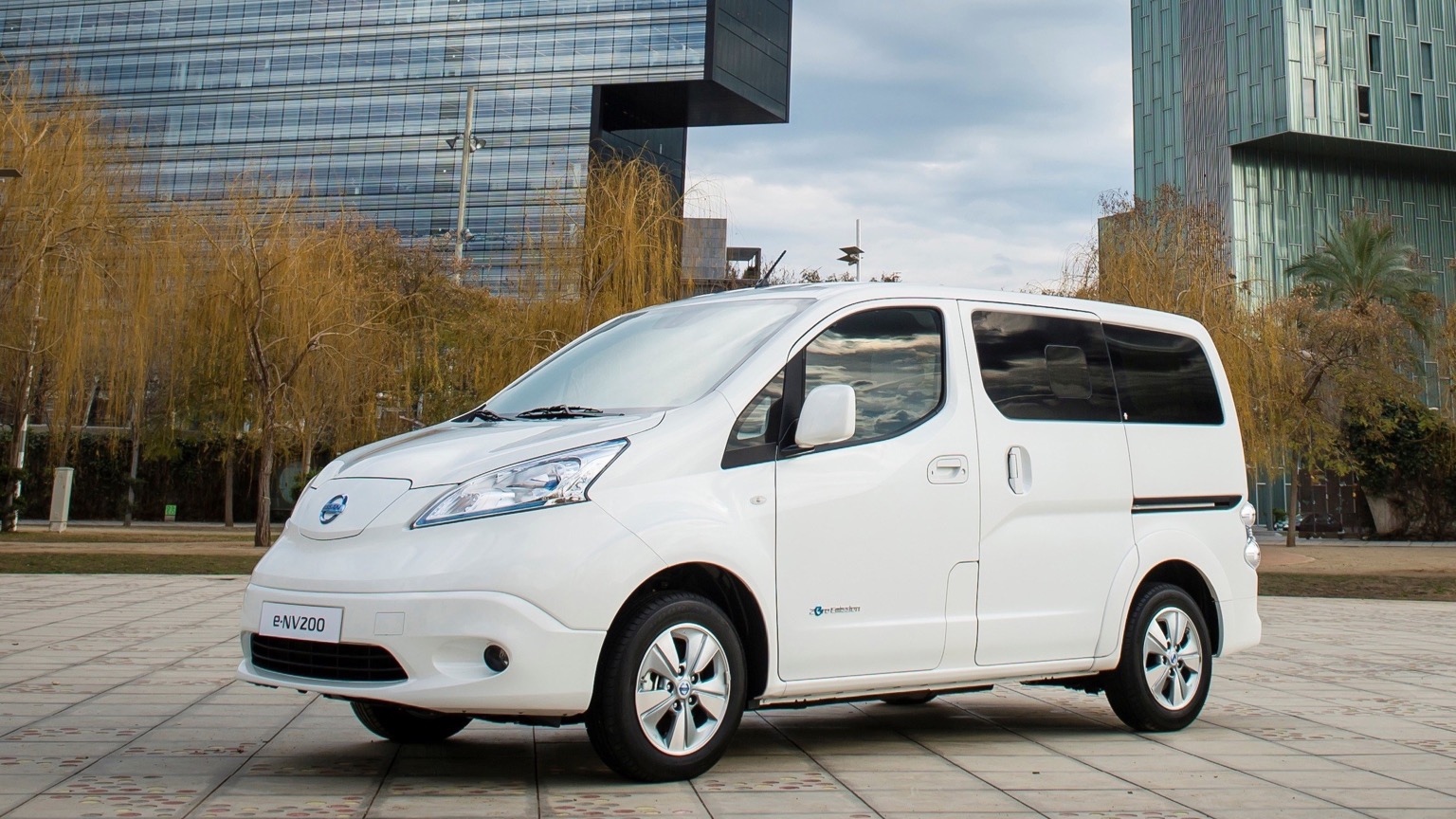
4. Nissan e-NV200
The Nissan e-NV200 has been a pioneer in the electric van market, building a reputation over the years as a dependable and practical vehicle for urban deliveries. Nissan’s long-standing experience with electric vehicles, gained through the success of the Nissan Leaf, provided a strong foundation for the e-NV200’s design.
The van’s electric drivetrain uses a well-tested setup that is simple, effective, and built to withstand daily commercial use without frequent breakdowns. Nissan’s focus on practicality and durability is evident in the e-NV200’s chassis, which balances lightness and strength to optimize efficiency and reliability.
The e-NV200 is equipped with a 40 kWh battery pack that offers sufficient range for short to medium city routes. Although the range is more limited compared to newer electric vans, the battery’s robust construction and careful thermal management ensure longevity and reduce the chance of battery-related failures.
Nissan’s battery management system monitors charging and discharge cycles closely to protect the battery cells from damage. This approach has helped maintain consistent battery health across many thousands of e-NV200 units in operation worldwide.
Mechanically, the e-NV200 is straightforward, with fewer complex parts than traditional combustion vans. This simplicity reduces points of failure and makes servicing more accessible and affordable.
The suspension and braking systems are designed to handle urban environments, minimizing wear caused by constant stopping and starting. This thoughtful engineering translates into fewer repairs and breakdowns over the vehicle’s service life.
Owners and fleet managers often praise the e-NV200 for its reliability and cost-effectiveness. Its compact size and ease of handling make it well-suited for crowded city streets, while its proven electric technology provides quiet and efficient operation.
Although newer electric vans offer longer ranges and more advanced features, the e-NV200 remains a dependable choice for businesses prioritizing reliability and low maintenance costs.
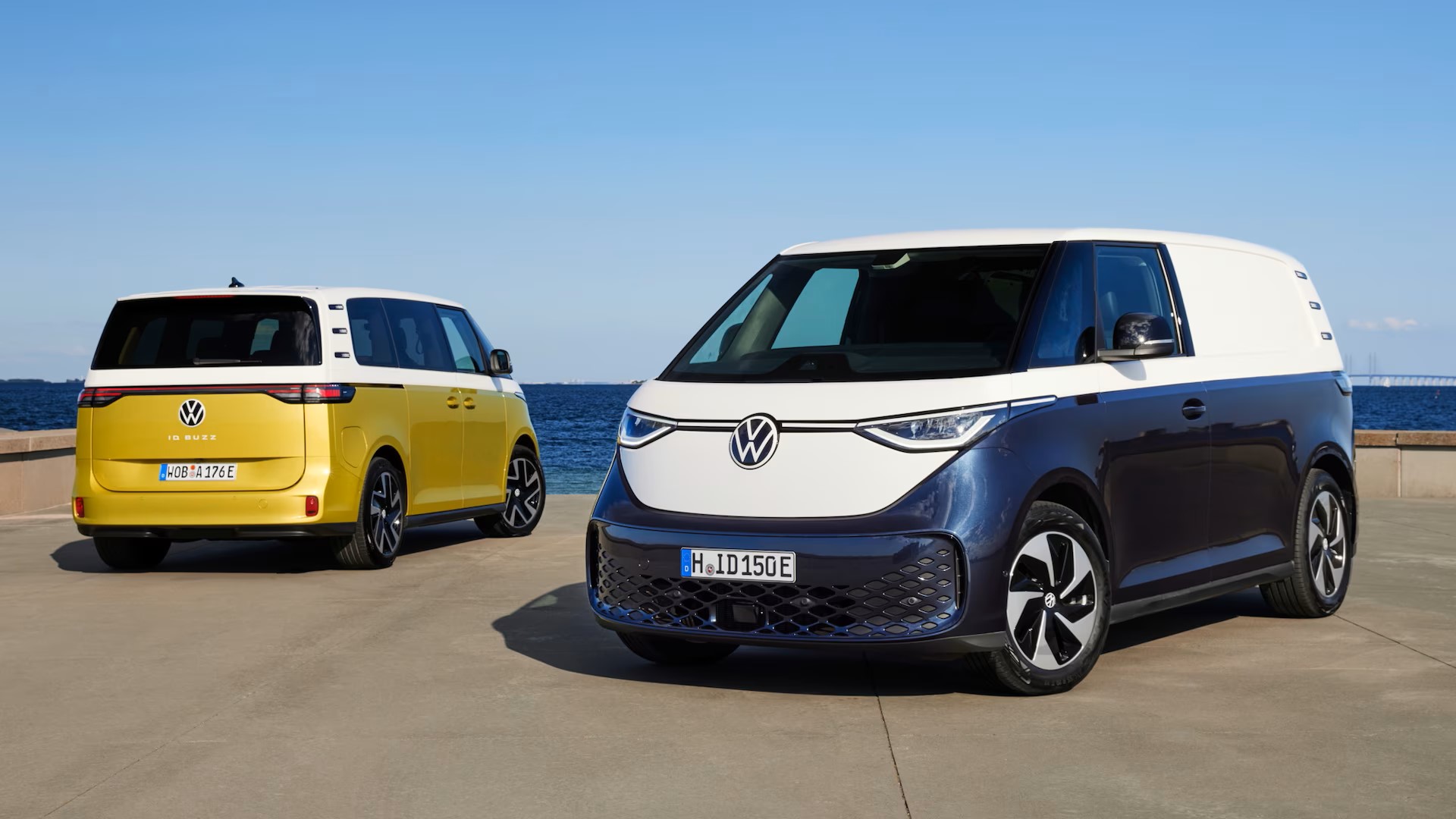
5. Volkswagen ID. Buzz Cargo
The Volkswagen ID. Buzz Cargo brings together VW’s legacy of dependable commercial vehicles with a fresh electric drivetrain built on the modular MEB platform. The vehicle’s design benefits from years of refinement in electric vehicle technology and the company’s rigorous quality control processes.
VW’s experience with the MEB platform across multiple models means that many critical components have already been tested extensively in various driving conditions, contributing to the ID. Buzz Cargo’s reliability.
The battery pack in the ID. Buzz Cargo typically ranges around 82 kWh, supporting a driving range suitable for most commercial delivery and service operations. The battery system includes advanced thermal management and multiple layers of protection against power surges and overheating.
Volkswagen’s battery warranty and post-sale support reflect the confidence in the van’s electrical system reliability. The manufacturer also applies frequent software updates to improve efficiency and address any issues, helping extend battery life and vehicle uptime.
In addition to its hardware strengths, the ID. Buzz Cargo is equipped with sophisticated diagnostic systems that monitor vehicle health continuously.
These diagnostics alert drivers and fleet managers to any early signs of mechanical or electrical issues, enabling timely maintenance interventions. This predictive maintenance reduces unexpected breakdowns and supports longer vehicle service intervals.
The build quality of the ID. Buzz Cargo is also a key factor in its reliability. Volkswagen’s reputation for solid construction, combined with a modern electric powertrain, results in a van that performs consistently under the demands of commercial use.
Many users highlight the vehicle’s smooth ride, responsive handling, and durability, which contribute to reduced maintenance needs and high uptime. Volkswagen’s global service network further supports the van’s dependability by ensuring access to parts and skilled technicians worldwide.
5 Electric Vans Known for Recalls
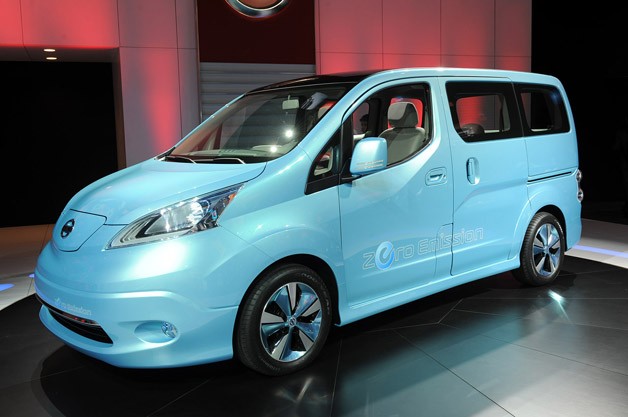
1. Nissan e-NV200 (Early Models)
The Nissan e-NV200, while generally regarded as a dependable electric van in recent years, faced several significant recalls during its early production runs. One of the most prominent issues involved electrical wiring problems that caused short circuits and increased the risk of vehicle shutdowns during operation.
These wiring faults led to power loss and triggered warning lights on the dashboard, creating safety concerns for drivers. Nissan responded by issuing recalls to inspect and repair affected vehicles, but the recall episodes exposed weaknesses in the initial production quality control and electrical system design.
These recalls caused disruptions for fleet operators relying on the e-NV200 for daily delivery and service routes. Unexpected shutdowns affected operational efficiency, forcing businesses to arrange alternative transportation while vehicles were repaired.
Some customers also reported difficulties in scheduling timely service appointments, as the demand for recall repairs overwhelmed certain service centers. These delays contributed to increased downtime, which is especially costly for commercial users dependent on consistent vehicle availability.
The early recall experiences also highlighted challenges faced by manufacturers when introducing new electric vehicle models. Electric drivetrains and battery systems involve complex electrical architectures that must be flawlessly integrated with the vehicle’s existing systems.
In the case of the e-NV200, Nissan’s electrical design initially fell short in some batches, leading to these faults. The company later made adjustments to improve wiring harness quality and enhanced diagnostic systems to better detect potential faults before they became critical.
Despite these early setbacks, Nissan continued refining the e-NV200 over subsequent model years, addressing most of the problems that led to recalls. The vehicle’s reliability improved significantly as manufacturing processes matured and software updates were applied.
However, early adopters of the e-NV200 were understandably cautious about the model due to these recall histories, emphasizing the importance of thorough pre-purchase inspections and ensuring recall repairs have been completed.
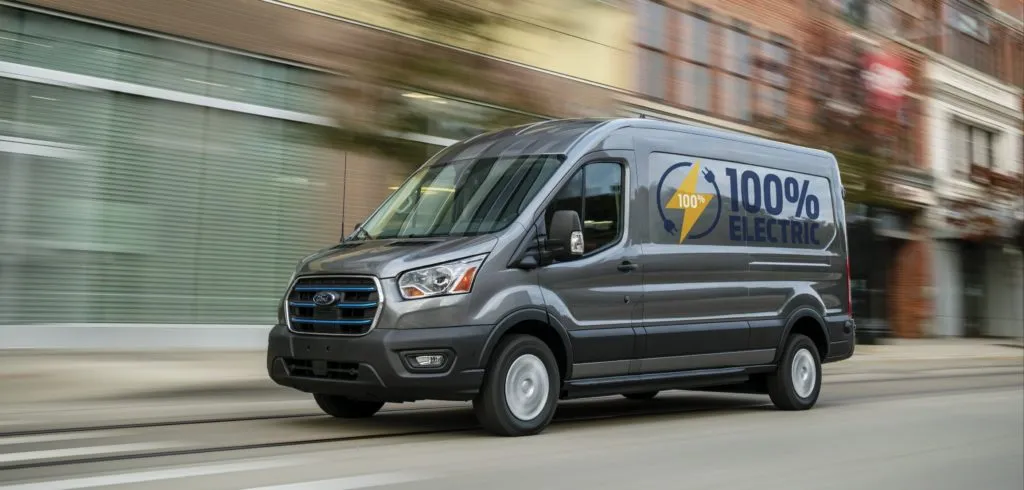
2. Ford Transit Electric (Initial Versions)
Ford’s E-Transit van has become widely recognized for its reliability, but its initial electric models were not without issues. Early production units encountered recalls primarily related to the high-voltage battery system.
Specifically, some vans suffered from faulty battery connections that created fire hazards or caused the vehicle to experience unexpected power losses. These battery-related defects were serious safety concerns that Ford addressed through recalls requiring the inspection and replacement of certain battery components and connectors.
The battery recall significantly affected fleet operators during the early rollout of the E-Transit, especially as many had invested heavily in these vans to transition to zero-emission vehicles.
The unexpected risk of fire or sudden loss of power led to operational disruptions and forced some businesses to temporarily pull vehicles from service. The recalls also generated skepticism about electric vehicle safety in general, particularly among fleet managers new to electric fleets.
Ford’s response was swift, involving a comprehensive campaign to inspect affected vehicles and carry out necessary repairs. They also provided software updates to improve battery monitoring and safety controls.
These actions helped restore confidence over time, but the early recalls underscored the challenges automakers face in scaling up electric vehicle production while ensuring the highest quality standards for new, complex battery technologies.
Moreover, these early issues highlighted the learning curve involved in integrating large high-voltage battery packs into commercial vans, where reliability and safety cannot be compromised. Ford’s experience with the E-Transit has informed improvements in their battery manufacturing processes and quality assurance protocols, contributing to better reliability in later production batches.

3. Mercedes-Benz eVito (Early Electric Models)
The Mercedes-Benz eVito faced recalls during its initial production phase, mainly related to software glitches and electrical system faults. These problems occasionally caused a sudden loss of power or triggered warning messages on the dashboard, creating safety concerns and inconvenience for users.
The recall involved reprogramming vehicle control units and replacing faulty sensors to ensure stable vehicle operation and eliminate the risk of unintended shutdowns.
These early software-related recalls were particularly disruptive for businesses that depend on the eVito’s reliable operation throughout the workday. Some users experienced repeated visits to service centers before the issues were fully resolved, leading to frustration and loss of confidence in the vehicle’s dependability.
The recalls also emphasized the difficulty of managing the complex software ecosystems that modern electric vans rely on to coordinate power delivery, battery management, and safety features. Mercedes-Benz has since invested heavily in improving software testing, quality assurance, and vehicle diagnostics to avoid repeat issues.
These improvements included more extensive pre-release testing and enhanced over-the-air update capabilities that allow quick correction of software problems without requiring physical service visits. Such advances have helped Mercedes restore faith in the eVito’s reliability in later production models.
The eVito’s recall history serves as a reminder that early adoption of new electric van technology often comes with growing pains. As software and hardware integration becomes more complex, manufacturers must ensure rigorous testing and continuous improvement to maintain the high standards expected by commercial customers.

4. Rivian EDV (Initial Production)
The Rivian Electric Delivery Van (EDV) was highly anticipated as a game-changer for last-mile delivery, but its initial production units faced recalls related to electrical and charging system faults.
A common issue involved problems with the charging connectors that sometimes overheated or failed to maintain a stable electrical connection. These faults caused charging interruptions and raised concerns about potential safety risks. Rivian issued recalls to inspect and replace affected components to resolve these issues.
The timing of these recalls was particularly challenging for Rivian and its customers because the EDV was intended to support Amazon’s vast delivery network.
Any downtime or unreliability during such a large-scale deployment could have significant operational and financial repercussions. Early EDV users reported delays as their vans underwent repairs, disrupting delivery schedules and highlighting the difficulties of scaling production of a new electric commercial vehicle.
Rivian responded by increasing quality control measures, improving component sourcing, and accelerating service support to handle recall repairs quickly.
The company also leveraged over-the-air software updates to enhance charging system stability and address minor glitches remotely. Despite initial hurdles, these efforts have helped reduce the incidence of similar problems in newer EDV models.
The EDV recall experience underscores the complexity of designing and manufacturing electric vans, especially for companies like Rivian that are relatively new to commercial vehicles.
The process of ramping up production while maintaining reliability is difficult, and recalls are sometimes unavoidable. However, Rivian’s transparent communication and prompt corrective actions have been viewed positively by many customers.
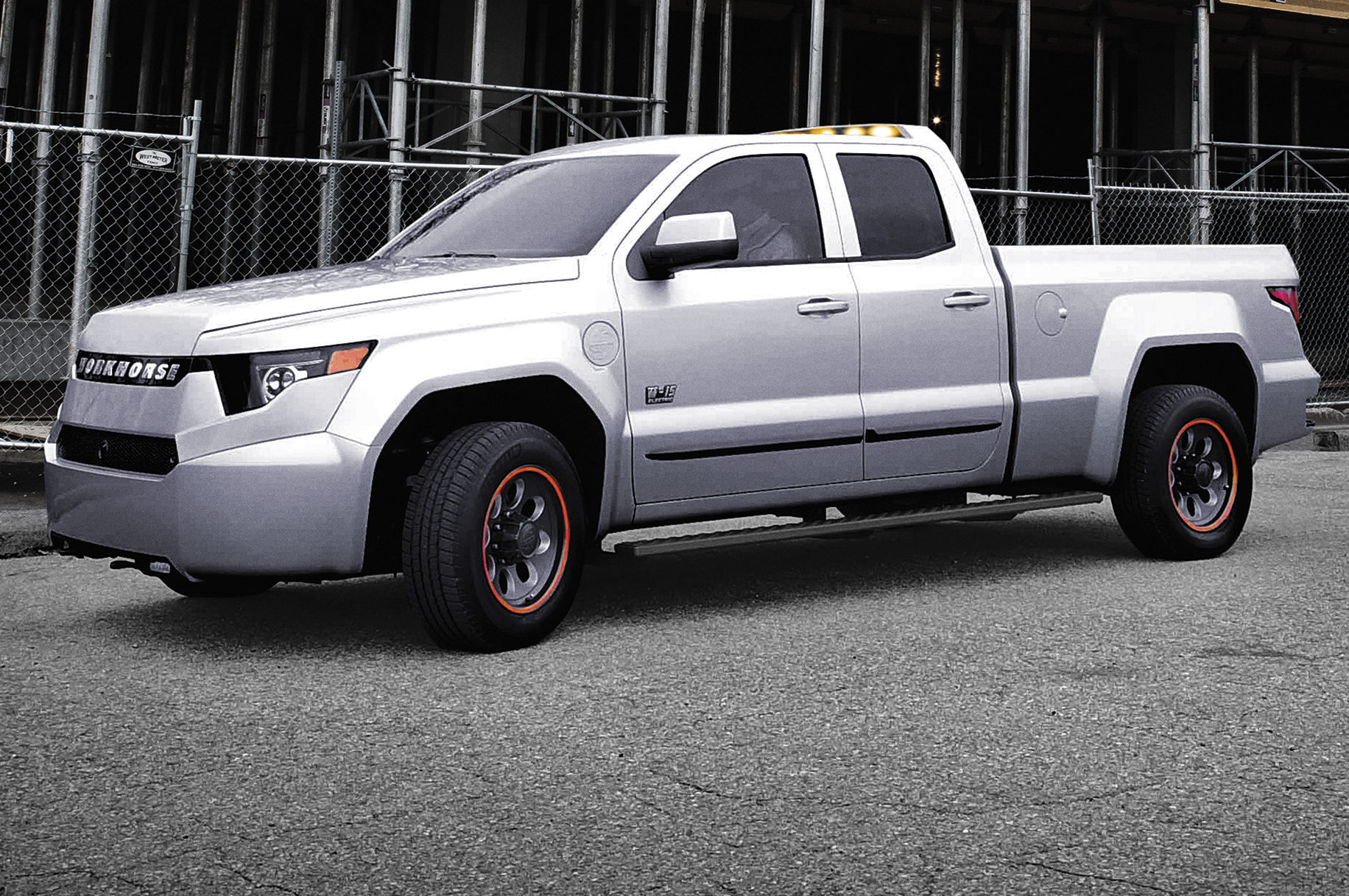
5. Workhorse W-15 (Electric Pickup Van Hybrid)
The Workhorse W-15, a hybrid electric pickup and van, encountered recalls primarily related to its battery management system. The company faced safety concerns about potential battery overheating and fire risks, leading to recalls requiring software updates and component replacements.
The battery management system faults made it difficult to maintain stable and safe operation of the vehicle’s electric components, which is critical for any electric or hybrid vehicle.
Workhorse’s recall experience highlighted some of the challenges faced by smaller or newer manufacturers in producing reliable electric vehicles.
Unlike established automakers with extensive electric vehicle expertise and resources, Workhorse struggled with quality control and timely service response. Customers reported delays in obtaining repairs or replacement parts, which damaged the company’s reputation and caused operational disruptions for users.
The recalls also revealed the importance of rigorous testing and validation of battery systems before vehicles enter mass production. Battery safety is paramount in electric vehicles, and any issues can lead to significant recalls and loss of customer trust.
Workhorse has since been working to improve its engineering processes and customer support to prevent similar problems in future models. Despite the initial recall setbacks, the W-15 has potential thanks to its innovative design and hybrid capabilities.
However, its recall history serves as a cautionary tale about the difficulties smaller manufacturers face when entering the electric commercial vehicle market without the established infrastructure and expertise of larger companies.
Also Read: BMW Challenges EU Tariffs Teaming Up with Chinese EV Makers
Electric vans represent an exciting and necessary evolution in commercial transportation, combining zero-emission powertrains with practical design features tailored to business needs.
However, the reality of electric van ownership reveals a broad spectrum of reliability experiences, reflecting the relative youth of electric vehicle technology and the varying expertise of manufacturers.
Some electric vans have proven remarkably durable, with thoughtfully engineered powertrains, robust battery systems, and comprehensive after-sales support that minimizes breakdowns and maximizes uptime.
Others, particularly early models or those from newer manufacturers, have encountered significant recalls due to electrical faults, battery concerns, or software issues, highlighting the complexities of developing reliable electric commercial vehicles.
The five electric vans known for their durability demonstrate that success in this market comes from a combination of factors. Established manufacturers who leverage proven platforms and invest in battery technology and software reliability tend to produce vans that handle the rigors of daily commercial use effectively.
Their vehicles often include features such as advanced thermal management systems, modular components designed for easy maintenance, and extensive diagnostic tools that help prevent breakdowns before they occur.
Furthermore, manufacturers with strong service networks and responsive customer support significantly reduce downtime, providing peace of mind to fleet operators.
Conversely, the vans with notable recall histories serve as important case studies in the challenges faced by the electric van industry. Early production issues with battery connections, wiring, charging systems, or software control units reveal the critical importance of rigorous quality control and testing.
Recalls, while necessary to ensure safety and reliability, can disrupt business operations and erode consumer confidence. They underscore the growing pains inherent in adopting new technologies, especially for companies entering the electric vehicle market without decades of experience or extensive infrastructure.
The lessons learned from these contrasting examples will shape the future of electric vans. As battery technologies improve, software becomes more sophisticated, and manufacturing processes mature, the reliability gap between early and late models will narrow.
Manufacturers that prioritize robust engineering, invest in ongoing vehicle support, and listen to customer feedback will continue to lead in this competitive field. For fleet managers and business owners, understanding these reliability dynamics is crucial when choosing electric vans.
Careful consideration of a van’s track record, manufacturer reputation, warranty coverage, and service network can significantly influence operational efficiency and total cost of ownership. While electric vans are still evolving, those that don’t break down and those known for recalls both provide important insights into what to expect and how to prepare.
Electric vans are poised to transform commercial transport, reducing environmental impact and operational costs. The journey to widespread adoption will continue to involve learning and improvements, but the future is promising.
By recognizing the strengths and weaknesses of current electric vans, stakeholders can make informed decisions that support sustainable growth and reliability in this vital sector of the automotive industry.
